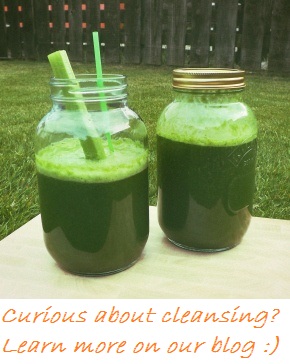We all know that every major food brand today is creating a detox product… and they are all green and “not-so-yummy” tasting {or looking for that matter}. Sometimes these green smoothies are very artificial (made with concentrated juices etc.) and aren’t even organic/natural.
Often these detox green smoothies are dyed green to give the illusion of being super healthy and natural.
Have you ever considered an alternative product to the green smoothie? There are some great detox tea’s (also called “teatox” teas) that are 100% organic on the market right now which we highly recommend! Why are we recommending them? Well, there are natural ingredients in them some tea’s {we highly recommend Ultra Skinny Tea} that work miracles for your skin and body. These herbs and dried fruits (found in the teas) include juniper berries, cinnamon, fennel, clovers, burdock root, ginger, and you name it!



